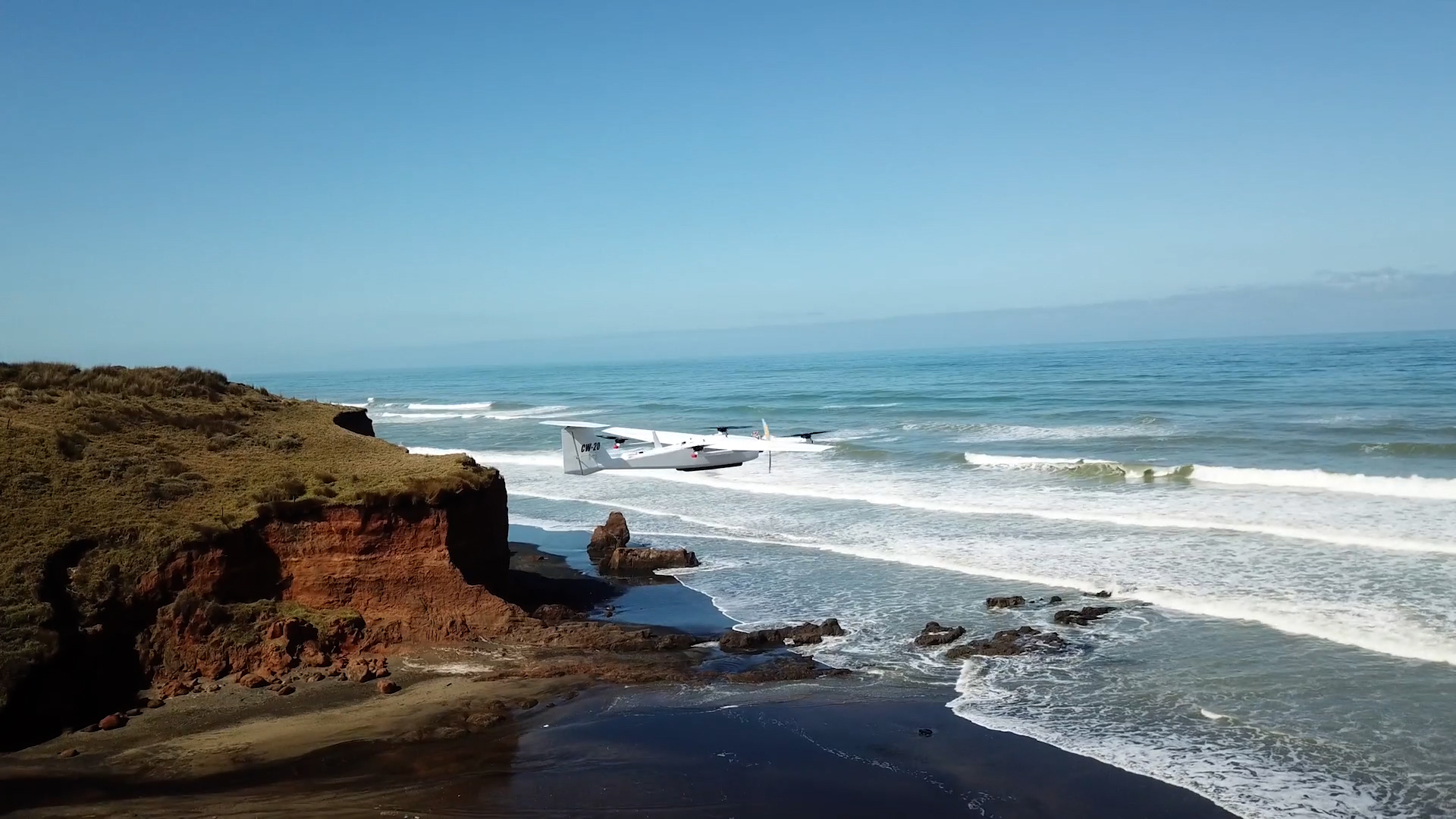Blog
AI-equipped drones study dolphins on the edge of extinction

Introduction to AI-Equipped Drones in Marine Conservation
As technology advances, innovative solutions emerge to address pressing environmental challenges. Among these, artificial intelligence (AI) integrated with drone technology has gained significant traction in wildlife conservation efforts—particularly for endangered species like dolphins. This blog explores how AI-equipped drones are transforming the way researchers study and protect these magnificent marine mammals.
The Plight of Dolphins: An Overview
Dolphins are not only one of the most intelligent creatures in the ocean but also play a crucial role in maintaining marine ecosystems. Unfortunately, many species face severe threats due to habitat loss, pollution, climate change, and human activities such as fishing and boating. According to various marine conservation organizations, some dolphin species are on the brink of extinction, making it vital to monitor their populations and health. Traditional methods of studying these animals often require extensive resources and can disturb their natural behavior, creating an urgent need for more effective research techniques.
The Role of AI in Environmental Research
Artificial intelligence is revolutionizing the field of environmental science. By analyzing vast amounts of data quickly and accurately, AI enables researchers to identify trends and make informed decisions. In the context of wildlife studies, AI algorithms can process images and sounds, distinguishing between species and their behaviors with a level of precision that human researchers may struggle to achieve.
Drones: A Game-Changer in Wildlife Monitoring
Drones have emerged as a powerful tool in wildlife conservation. Their ability to access hard-to-reach areas allows for effective monitoring of species and habitats. Equipped with high-resolution cameras and thermal imaging technology, drones can capture crucial data without disturbing wildlife. This non-invasive approach minimizes stress for the animals and provides researchers with a wealth of information previously unattainable through traditional methods.
How AI-Equipped Drones Work
AI-equipped drones utilize a combination of sophisticated technologies to study dolphins in their natural habitats. Here’s how they operate:
-
Data Collection: Drones fly over marine environments to capture high-quality images and videos of dolphin pods. These recordings provide real-time visual data on the dolphins’ numbers, movement patterns, and behavior.
-
AI Analysis: Once the data is collected, AI algorithms process the footage. Using machine learning techniques, the software can recognize different species of dolphins, assess their health, and monitor their social interactions. The AI distinguishes between individual dolphins, enabling researchers to compile detailed profiles on population dynamics.
- Reporting: After processing the data, researchers receive comprehensive reports highlighting findings and insights. This rapid analysis allows for prompt intervention if certain dolphin populations are identified as being at risk.
Benefits of Using AI-Equipped Drones in Dolphin Conservation
-
Non-Invasive Monitoring: Unlike traditional methods that may involve close encounters with dolphins or capture-and-release practices, drones allow for observation from a safe distance. This minimizes stress for the animals and maintains their natural behaviors.
-
Cost-Effectiveness: Deploying drones is often more economical than manned craft or extensive fieldwork, reducing costs while enhancing data collection capabilities.
-
Comprehensive Data: AI can process and analyze large volumes of data swiftly, offering a more holistic view of dolphin populations, migratory patterns, and environmental influences.
- Real-Time Insights: The ability to monitor dolphins continuously means that researchers can respond to changes more dynamically, whether precipitated by natural events or human impact.
Case Studies: Success Stories in Dolphin Conservation
Numerous research projects worldwide have effectively integrated AI-equipped drones into their dolphin monitoring initiatives. One notable project involved efforts in the Pacific Ocean, where researchers utilized drones to study the behavior and health of a specific dolphin species at risk of extinction. Through persistent observation, they identified critical breeding grounds and feeding areas, which led to the establishment of marine protected areas.
The Future of AI and Drones in Marine Conservation
The combination of drones and AI technology offers immense potential for the future of wildlife conservation. As researchers continue to refine their methods and enhance algorithms, the accuracy and efficiency of studying marine life will improve. This technology could ultimately lead to more effective conservation strategies, benefiting not only dolphins but also the broader marine ecosystem.
Challenges and Considerations
While the potential is significant, several challenges remain. Regulatory frameworks regarding drone usage in marine environments need to evolve to accommodate this technology. Additionally, ongoing training for researchers in AI tools is essential to maximize their effectiveness. Ethical considerations, particularly concerning data privacy and animal welfare, must also be addressed to ensure responsible usage of these technologies.
Conclusion: A Hopeful Future for Dolphins
AI-equipped drones represent a groundbreaking advancement in the field of wildlife conservation. By offering a non-invasive, efficient, and cost-effective way to study dolphins, this technology has the potential to play a pivotal role in protecting these extraordinary creatures from extinction. As we look to the future, collaboration among researchers, conservationists, and technology developers will be essential in harnessing these innovations to safeguard our oceans and the diverse life within them.
By embracing the power of AI and drone technology, we can foster a deeper understanding of dolphins and take actionable steps to ensure their survival for generations to come.
